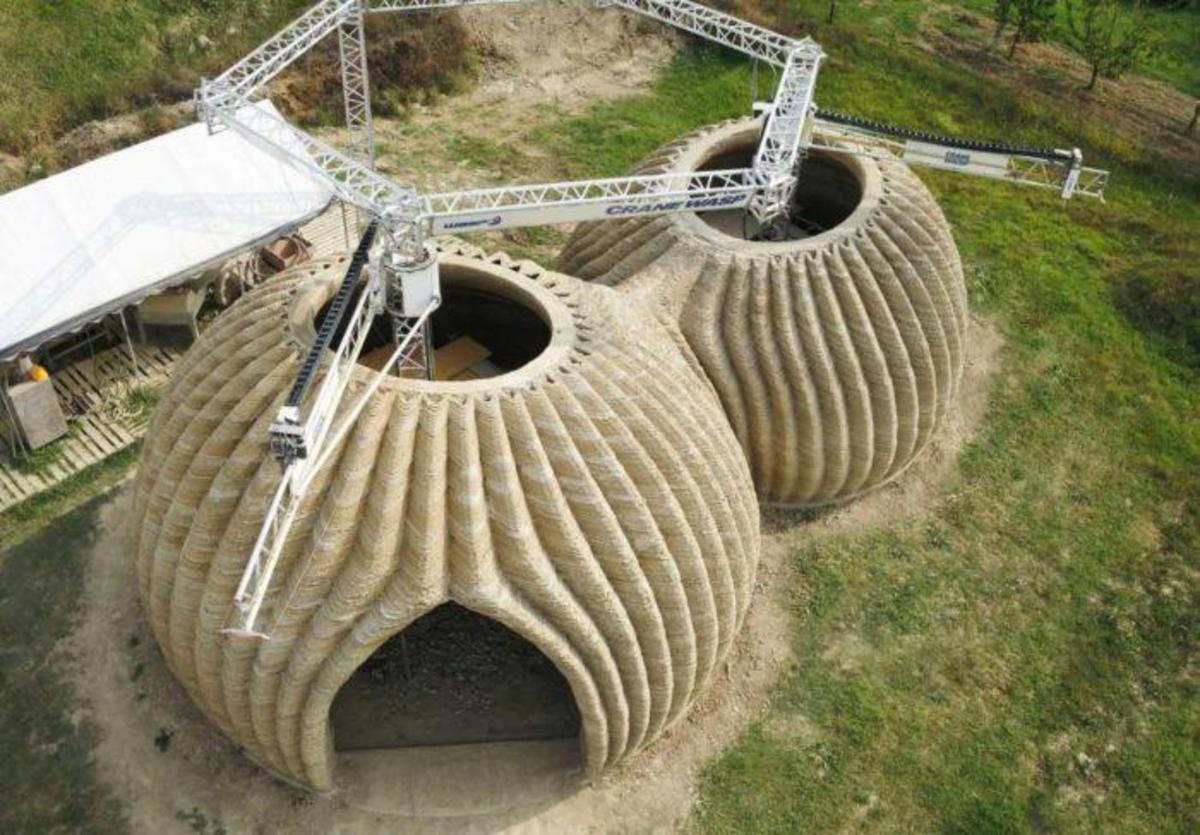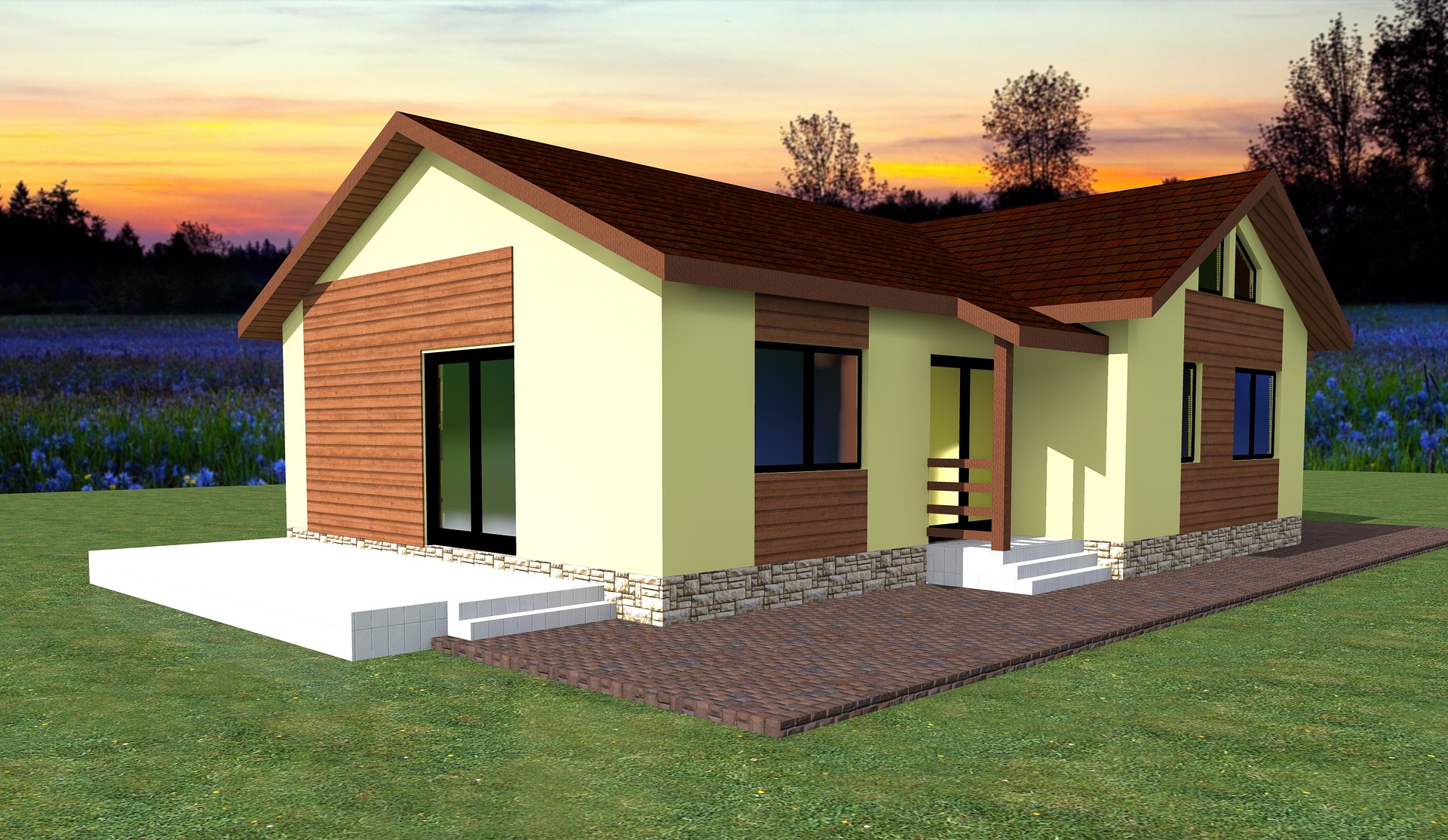As the affordable housing crisis continues to grow globally, innovative solutions are needed to provide low-cost homes quickly. One of the most promising solutions is the use of 3D printed house. This revolutionary technology has been making headlines as it provides an efficient way to build quality structures at a fraction of the cost and time needed for traditional construction methods.
3D printing or additive manufacturing is a process whereby objects are created from digital designs by building them up layer by layer using materials like plastic, metal, and concrete. The technology has recently been used to create items such as prosthetic limbs and medical devices, but now, it’s being applied in architecture with amazing results.

Benefits Of 3D Printed Houses
There are many benefits associated with building houses with 3D printing over traditional methods such as lower costs, faster production times, better levels of customization and sustainability. It can also be done onsite without needing large amounts of space, making it ideal for areas where land is scarce or with limited access to traditional building materials.
How Are 3D Printed Houses Constructed?
3D printed houses are constructed using a robotic arm that lays down layers of material like concrete according to pre-programmed instructions. Each layer bonds to those below it until the structure is complete and ready for finishing touches like window frames and doors. In some cases, smaller parts such as pipes, can even be added during the printing process itself which reduces labor costs further.
Cost Comparison To Traditional Construction Methods
3D printed houses can save up to 50% on construction costs compared to traditional methods due to their ability to produce complex shapes quickly and accurately while minimizing waste materials. Additionally, the use of robotics eliminates labor costs associated with manual labor, which increases savings even more significantly.
Environmental Impact Of 3d Printed Houses
3D printed buildings are much more environmentally friendly than traditionally built ones due to their minimised environmental footprint in terms of energy consumption during production; they also require fewer resources compared to other alternative forms of construction, including modular and prefabricated homes, due to their minimal need for transport facilities between sites or factories.
The future of affordable housing and 3D printed houses.
The potential for 3D printed houses to revolutionize affordable housing cannot be underestimated – not only do they offer huge cost savings compared to traditional methods, but they also allow construction companies or local authorities to access previously inaccessible locations while reducing factory pollution due to their mobile nature. Furthermore, as they require no specialist tools or skills to build on-site, this opens up employment opportunities for all communities, regardless of age or experience level, which could have a profound impact on social inclusion initiatives across society worldwide.

Conclusion.
3D printed houses offer an exciting new solution to the global affordable housing crisis, while providing numerous environmental benefits. With its huge cost-saving potential, coupled with its customisable design options, this emerging technology looks set to revolutionize the way we build our future homes, both economically and sustainably.

